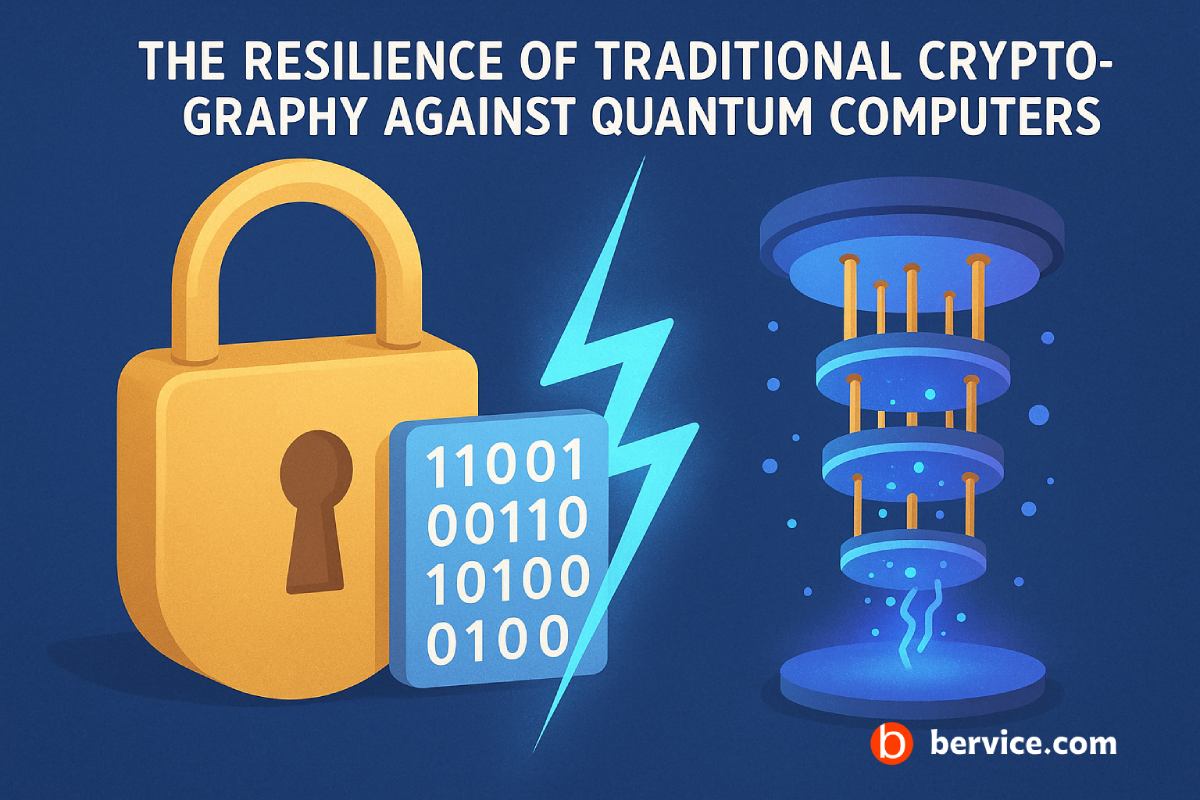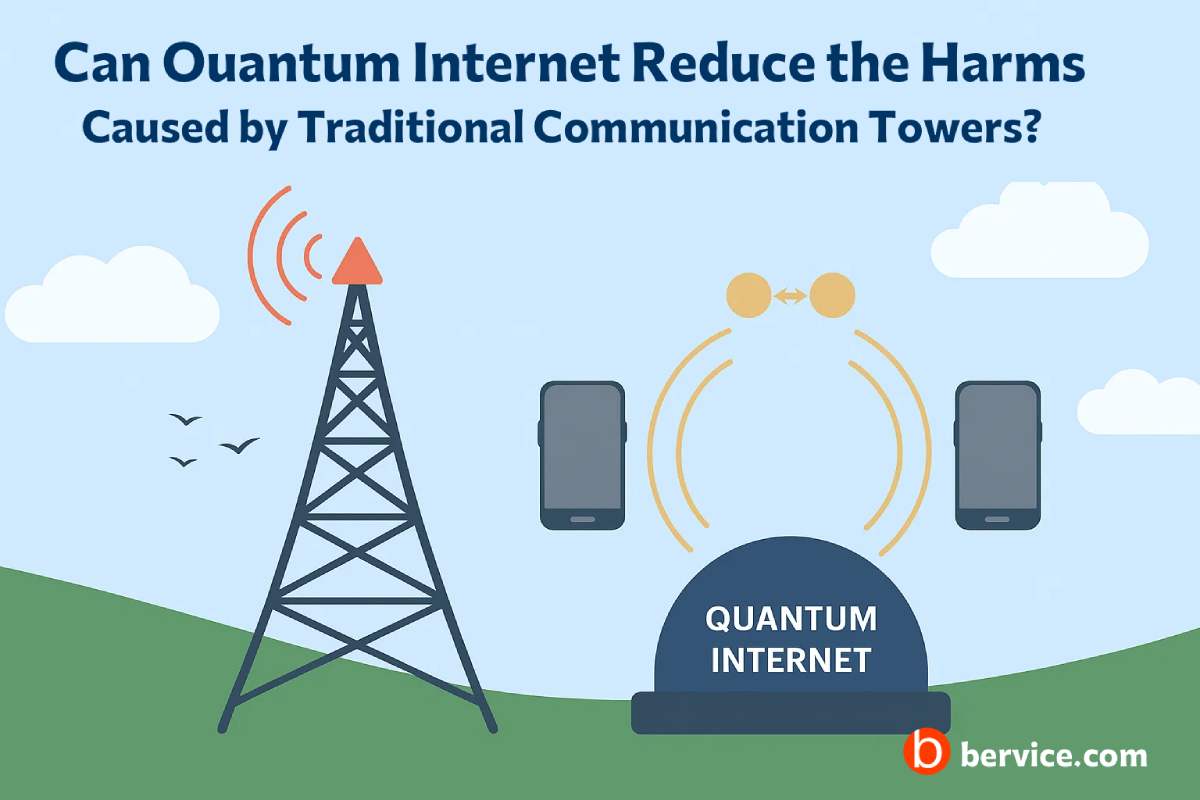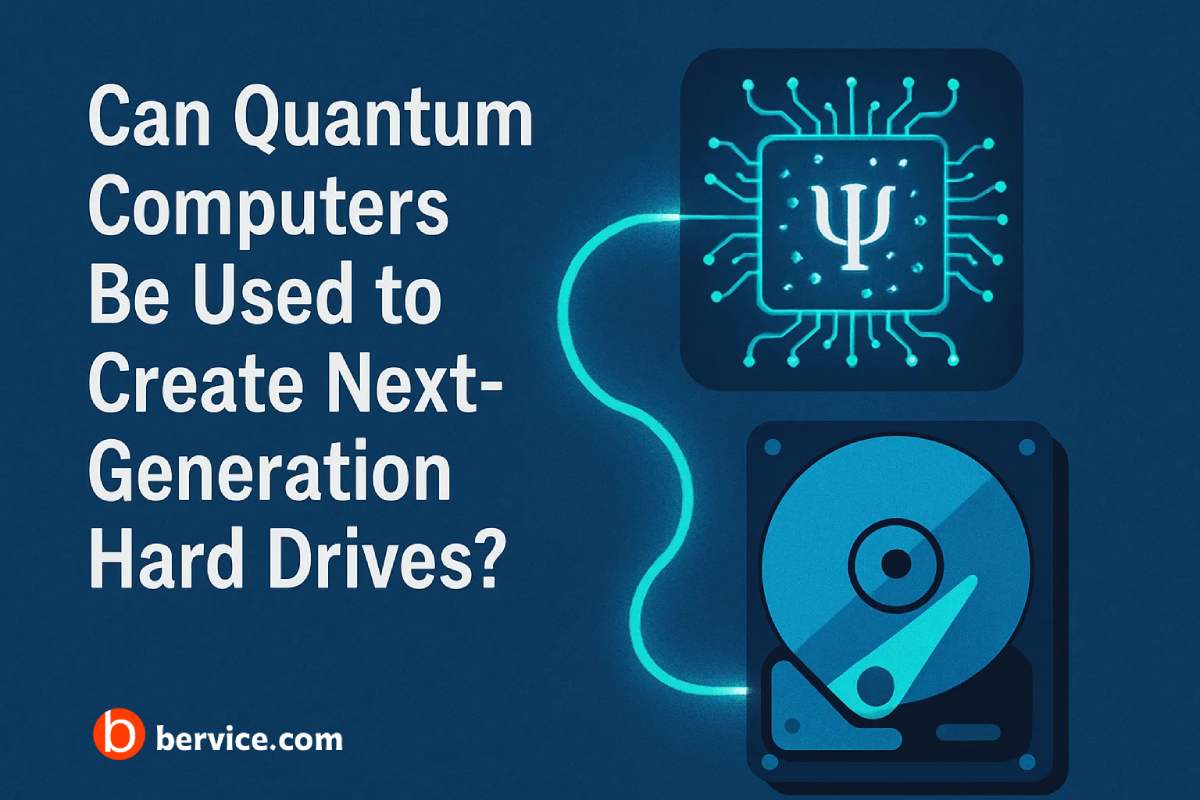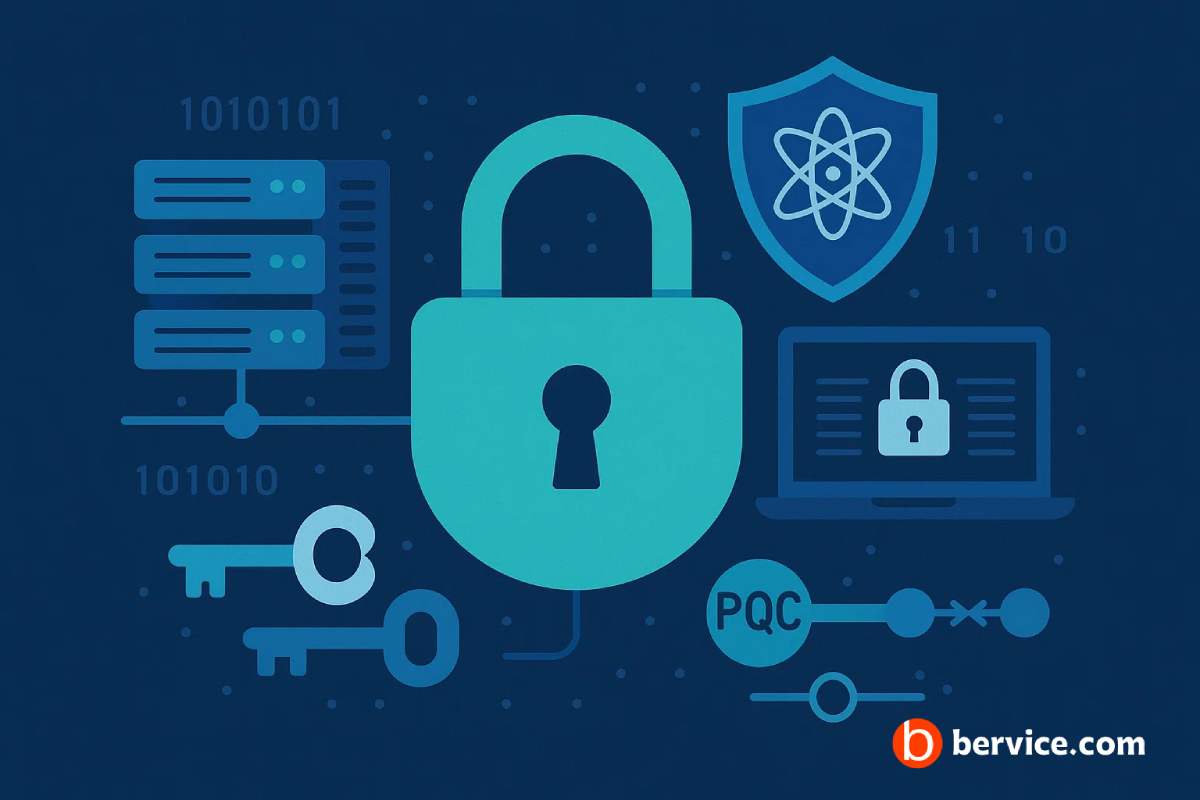
Introduction: A Cryptographic Arms Race
In the digital age, traditional cryptography has been the cornerstone of cybersecurity, protecting everything from online banking to military communications. However, the rise of quantum computing threatens to disrupt this secure foundation. Quantum computers, leveraging the principles of quantum mechanics, promise to solve certain mathematical problems exponentially faster than classical computers — including those on which modern encryption relies.
How Traditional Cryptography Works
Most traditional cryptographic systems fall into two categories: symmetric (like AES) and asymmetric (like RSA, ECC).
- Asymmetric cryptography relies on the difficulty of mathematical problems such as integer factorization (RSA) and discrete logarithms (ECC).
- Symmetric encryption algorithms rely on key length for security, using brute-force resistance as their defense.
Classical computers struggle with these mathematical problems, offering security guarantees based on computational difficulty. However, quantum computers change that equation.
Quantum Threats: Shor’s and Grover’s Algorithms
Two quantum algorithms pose significant threats:
- Shor’s Algorithm: Capable of factoring large numbers and solving discrete logarithm problems in polynomial time. This renders RSA, DSA, and ECC fundamentally insecure against quantum attacks.
- Grover’s Algorithm: Offers a quadratic speed-up for brute-force searching, effectively halving the security of symmetric algorithms. For instance, AES-128 would have the equivalent security of AES-64 against a quantum adversary.
In simple terms:
| Algorithm | Classical Security | Quantum Threat | Status |
|---|---|---|---|
| RSA-2048 | Strong | Broken (Shor) | Vulnerable |
| ECC (256-bit) | Strong | Broken (Shor) | Vulnerable |
| AES-256 | Strong | Reduced (Grover) | Still Safe (with longer keys) |
How Long Do We Have?
While quantum computers powerful enough to break RSA or ECC do not yet exist, progress is accelerating. Experts estimate that within the next 10 to 20 years, large-scale, fault-tolerant quantum computers could become a reality.
This timeline is not merely academic. Since encrypted communications today might be stored and decrypted later (a concept known as “Harvest Now, Decrypt Later”), the time to act is now — even if the threat seems distant.
The Case for Post-Quantum Cryptography (PQC)
To prepare for this shift, researchers and institutions are developing quantum-resistant algorithms, also known as post-quantum cryptography. The U.S. National Institute of Standards and Technology (NIST) is in the process of standardizing new algorithms such as:
- CRYSTALS-Kyber for key exchange
- CRYSTALS-Dilithium for digital signatures
These algorithms are designed to be secure against both quantum and classical adversaries.
Conclusion: A Race Against Time
Traditional cryptography has served us well, but it was never designed to withstand the unique capabilities of quantum computers. As quantum hardware evolves, so too must our cryptographic defenses. Organizations, governments, and software developers need to begin the transition to quantum-safe systems — because in cybersecurity, preparation is the best form of defense.
Connect with us : https://linktr.ee/bervice





